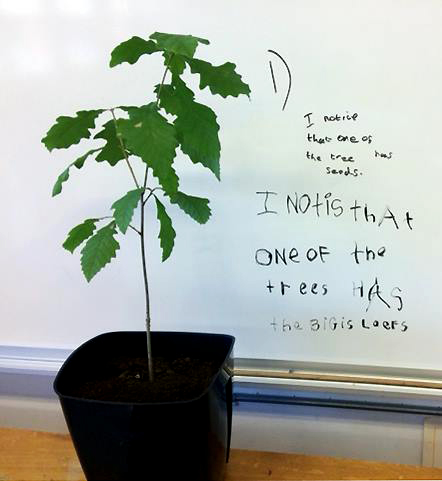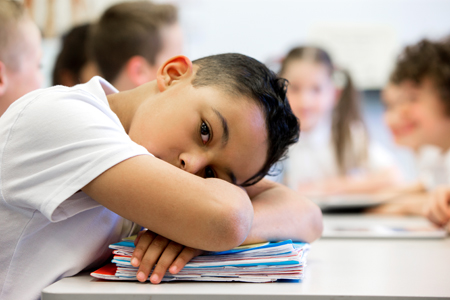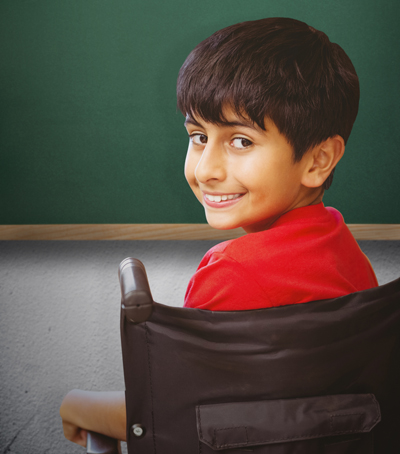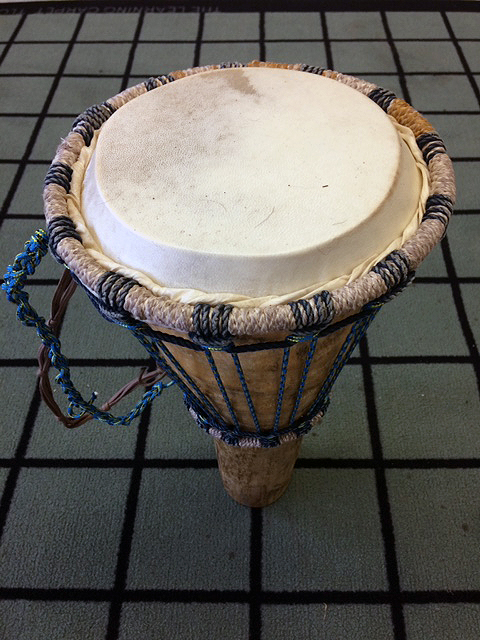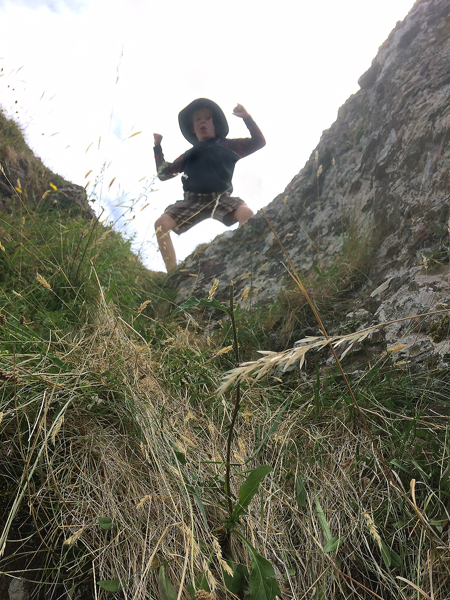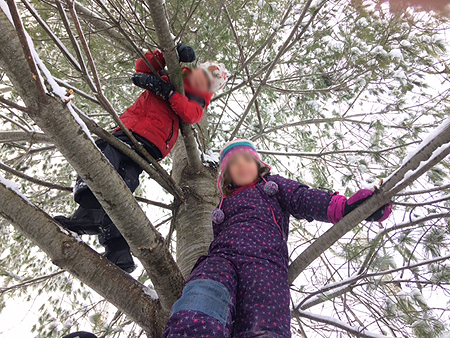School’s out!
Summer is in full swing.
Yeehaw!!!!!
That doesn’t mean literacy and math learning need to stop.
It also doesn’t mean you need to pull a chair to a desk and do some worksheets.
Let the learning continue – but hide it in summer activities! See some literacy/numeracy learning ideas below:
Summer Literacy
These games are geared to elementary children and can be played anytime there’s some downtime, not just on roadtrips:
• I spy literacy games– “I see something beginning with t and ending in e.” … “TREE”… “What letters go in that word?”
• Story circle– Each person adds a sentence, verbally, to an ever-growing story. The story will be silly but reinforces communication and connections.
Person 1… “We arrived at the beach and jumped in the water when suddenly…”
Person 2… “a submarine floated up beside me.”
Person 3… “The submarine opened and out came 26 cats…”
Person 4… “…Who did not like getting wet!”
Person 1… “My Dad rolled his eyes and said ‘Why are cats driving a submarine?!’”
Person 2… “We HAVE to help the cats!”
Person 3… “But, how?!…”
etc…
• Visit your library! There is hours of adventure found in a library. There’s still time to join the TD Summer Reading Club.
• Read to your children. Anytime, anywhere. Research supports that reading to your children is a very good idea.

Summer Numeracy
• “Who wants some money?!”
My son’s day camp had a cantina. He wanted $2 for a treat. I gave him my loose change jar so he could collect the $2 himself. With a little support and guidance you have a motivated mathemetician!
•“Who wants cookies?!”
Bake some cookies (or anything!) with your children. Get them to read and measure from the recipe = literacy and numeracy (and cookies!) Motivated mathematician strikes again!
• Tables turned…
Get children to try to stump YOU with their hardest math questions.
Hehe… Who likes to stump their moms and dads?! Their questions may be silly and not illustrate perfect math. This math inquiry offers a chance to build on their math curiosity and engage math ideas and interest:
Child: “What’s a billion times a gazillion?”
Mom/Dad: “Yikes, that’s a tough one! A boozillion?”
Child: “No, a gabillion!”
Mom/Dad: “Wow, that’s big! How big is a million?… Do you have a million hairs on your head?… Do you have a thousand hairs on your head?… etc.”
Their ideas and curiosity can be more important than a perfect answer.
• Hiking math
Plant some math inquiry into hiking (or whatever you are doing.):
“How far have we gone?”
“How old is that tree?”
“How many bugs are in that tree stump?”
“How did you figure that out?…”
Again, the math ideas and discussion can be more valuable than perfect answers… Keep the math conversations going.
Science, art, social studies, physical activity, can all be disguised as fun activities, too.
Summer (hidden) learning will keep them sharp!
Keep it up.

